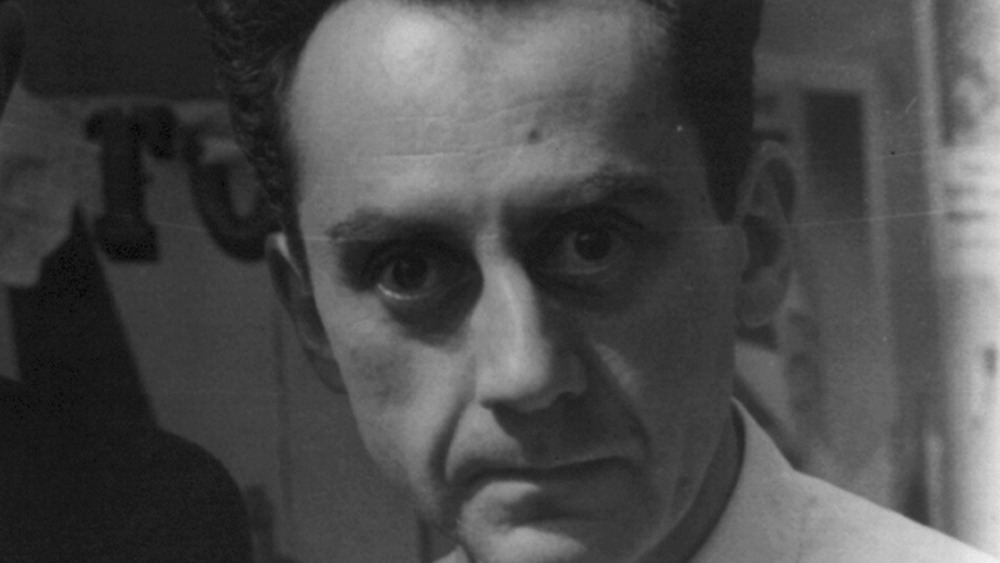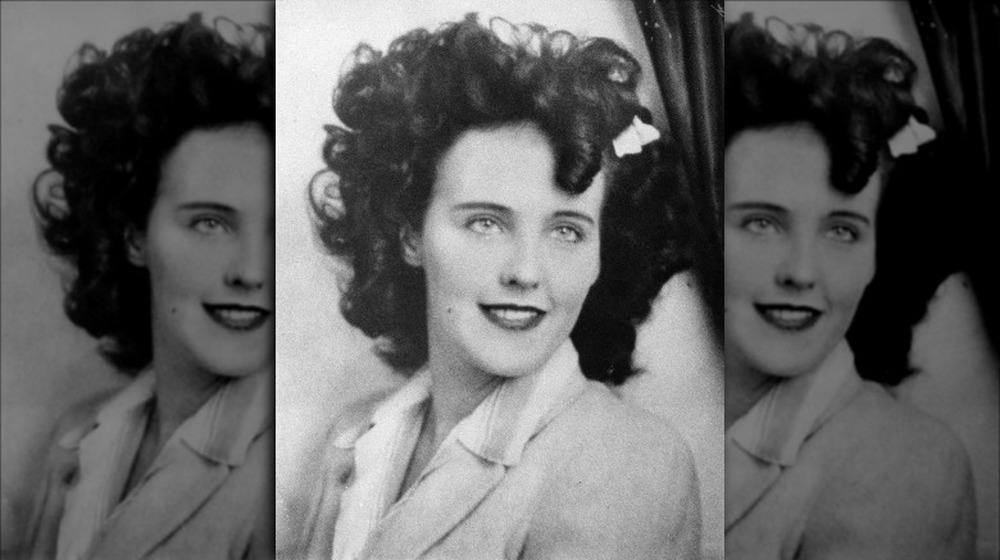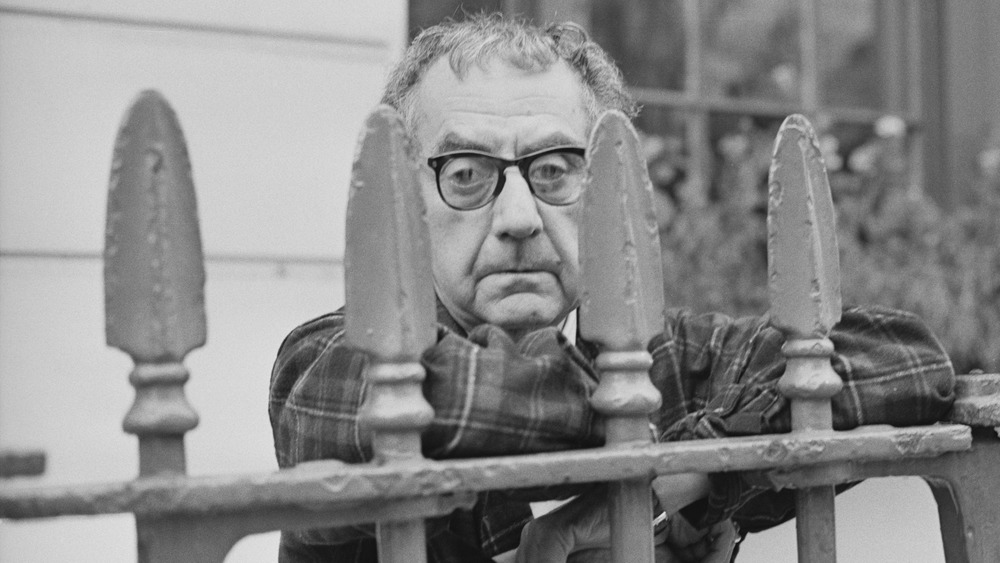The Scary Connection The Black Dahlia Murder May Have Had To Man Ray
The brutal and disturbing murder of the 22-year-old aspiring actress Elizabeth Short, whose mutilated body was discovered on a vacant lot in Los Angeles on the morning of January 15, 1947, has become known as "a sad cliche — the ultimate warning tale," the former LAPD officer and historian Glynn Martin told the BBC. "A starry-eyed young girl comes to Hollywood, and things go very bad for her."
But though the case did come to stand in America's popular consciousness as a symbol of the hidden depths of depravity permeating the glitzy Hollywood fantasy, there were a number of other reasons the killing of Short made headlines across the nation. First among these was the name which quickly became attached to the case: "The Black Dahlia murder," a tantalizing nickname that the press settled upon, according to the FBI, "for [Short's] rumored penchant for sheer black clothes and for the Blue Dahlia movie out at that time." As such, it became far more widely printed than the name "Elizabeth Short" ever would be.
Second, and more importantly for the level of ongoing attention that the murder would subsequently receive, were the horrifying acts of mutilation to which Short's body had been subjected, and the position in which the Short's body was subsequently found. It is this which, some investigators say, chillingly and unexpectedly links the murder to one of the most prominent figures of 20th century art: Man Ray (pictured above).
Warning: the following slide contains graphic details of the murder of Elizabeth Short.
The Black Dahlia murderer's 'posing' of Elizabeth Short's body
The murder of young women at the hands of psychotic men has been a sadly and enragingly common occurrence in the United States and beyond up until the present day. In time, many women and the stories of their unjust deaths are forgotten. But in the case of Elizabeth Short (pictured above), the horrifying details of how her body was found — with are undoubtedly easy to sensationalize — have seen her murder remembered among a great many others, and the shocking case revisited by professional investigators, amateur sleuths, and true crime enthusiasts up until the present day.
"Crime scene photos showed that Short had been given a hemicorporectomy, a procedure that slices the body beneath the lumbar spine, the only spot where the body can be severed in half without breaking bone," according to the Guardian. Further evidence of mutilation was discovered on her face, limbs, and torso, while, as Biography notes, "Short's killer had drained her corpse of blood and scrubbed it clean," and left the two sections of her body naked and "posed," with investigators noting the seemingly ritualistic nature of the sickening and bizarre killing.
Was the Black Dahlia killing an homage to May Ray?
Despite hundreds of suspects being interviewed and a bafflingly high number of false confessions — more than 500 by the mid-1990s, according to the Los Angeles Times – no one has ever been formally charged for the Black Dahlia murder. However, the seven decades since Elizabeth Short's killing have seen a great number of theories concerning killer's identity and what motivated the gruesome posing of Short's blood-drained body in anticipation of its discovery.
One of the most compelling — though, admittedly, controversial — of these theories has been forwarded by Steve Hodel (warning: link contains graphic images), a former homicide detective who is convinced his own father, George, is Short's killer.
George Hodel was a physician, with the skills and knowledge required to halve Short's body. George Hodel was reportedly a close friend of the surrealist artist Man Ray (pictured above) and, claims Steve Hodel, it was the work of his famous friend that informed the killer's behavior in posing Short's remains.
Per the Guardian: "Two of Man Ray's photographs, Les Amoureux and Minotaur, do bear a chilling resemblance to Short's mutilated body. Short's body, Steve argues, was George's way of emulating his friend's surrealism, allowing him to build what Steve calls a 'masterpiece, a crime so shocking and horrible it would endure, be immortalized through the annals of crime lore.'"
Authorities, however, have yet to incorporate Steve Hodel's claims into their investigation, and the case remains open.


